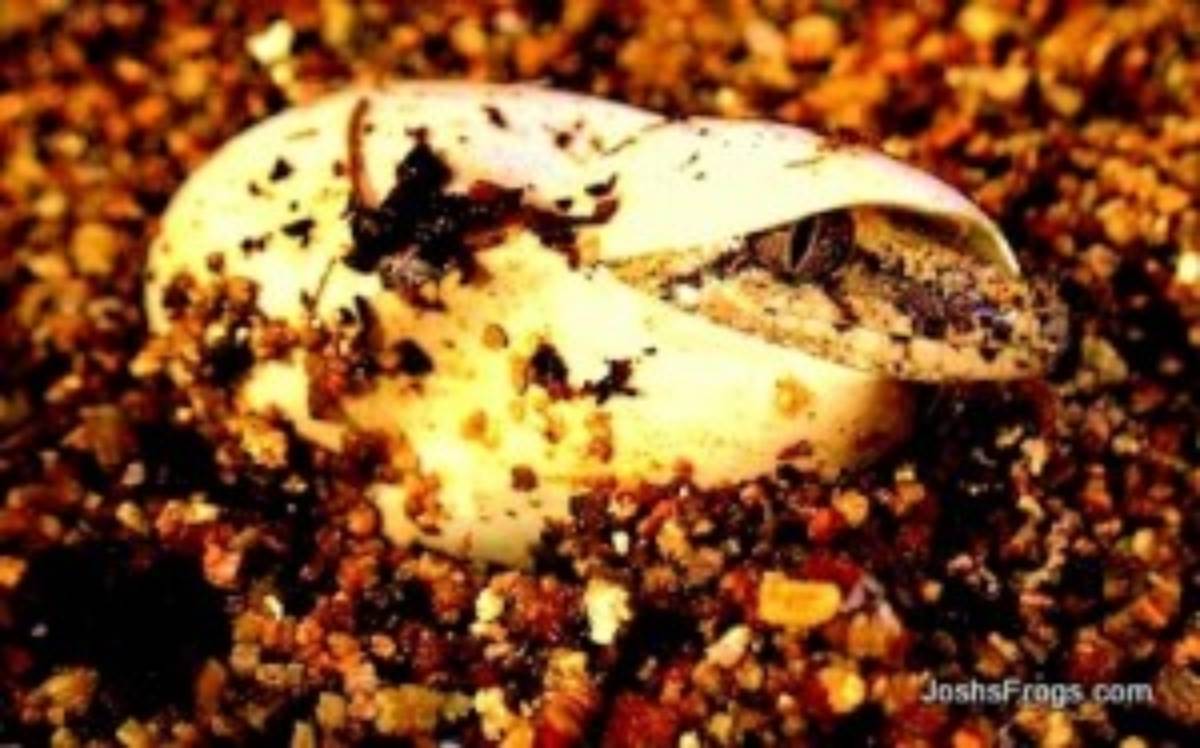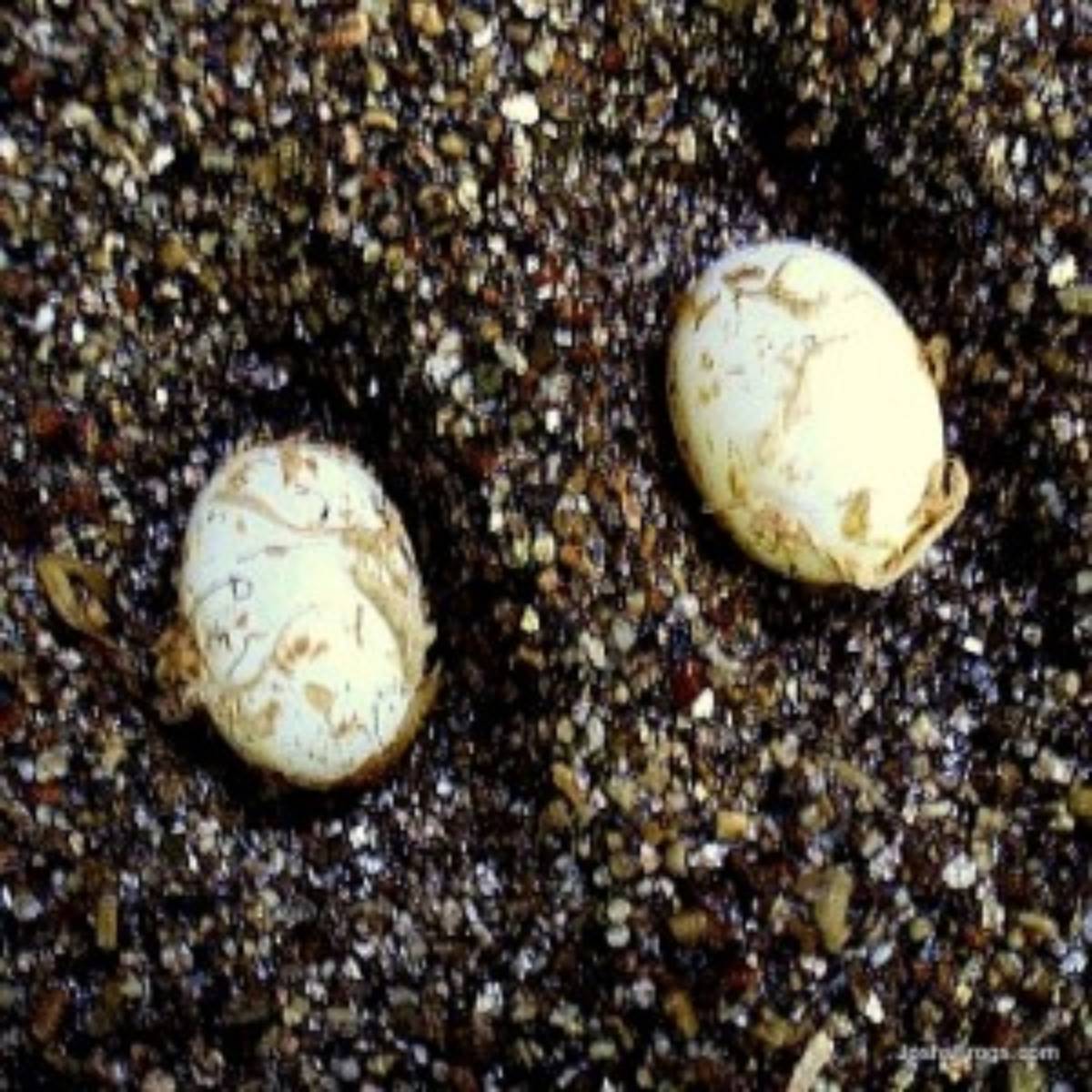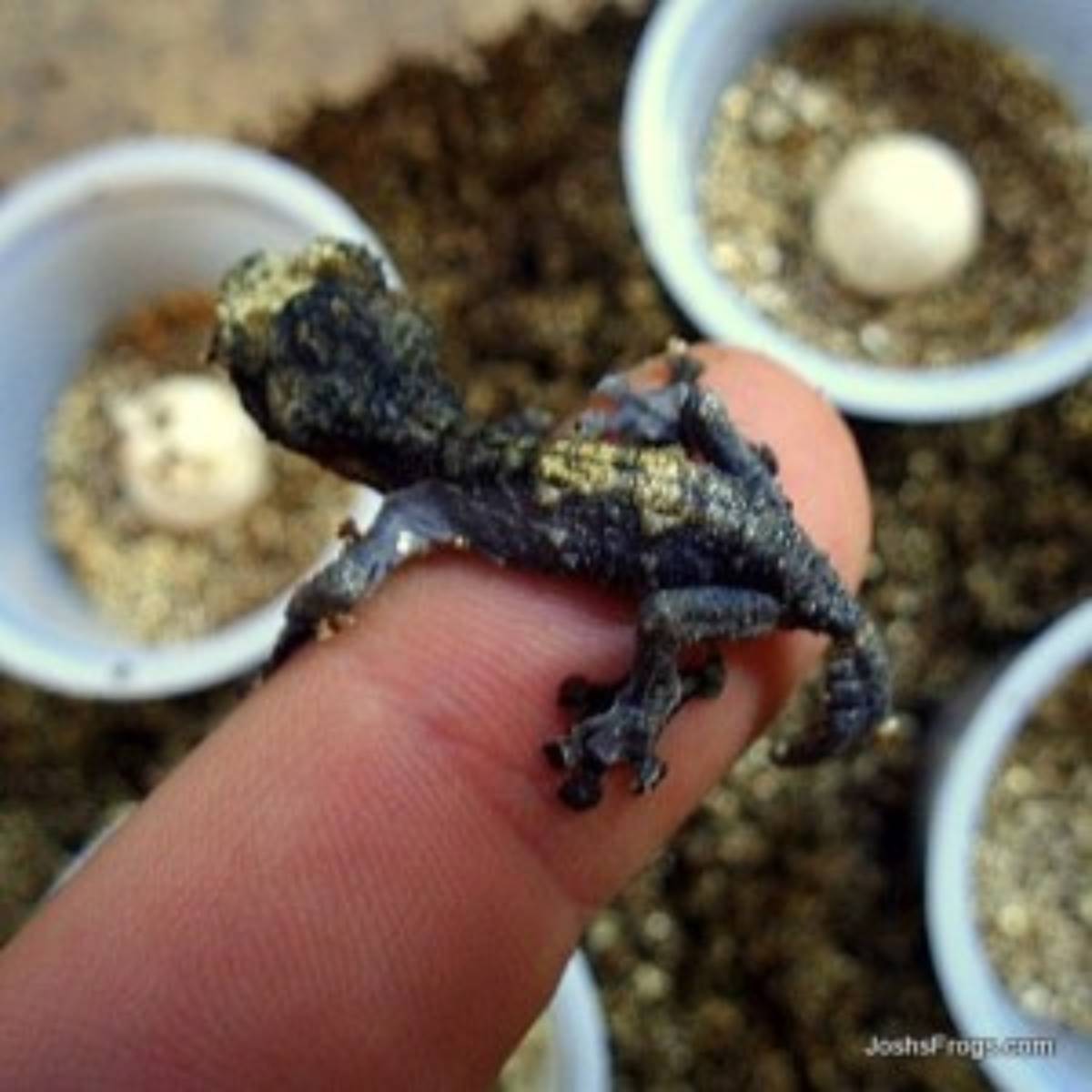Josh's Frogs
Vermiculite and Incubation
Hatching Herps at Home
Vermiculite is an old standby as an incubation media for reptile eggs, and for good reason. Vermiculite retains water, while slowly releasing it throughout the incubation process, providing your reptile eggs with valuable moisture while ensuring they do not get overly saturated. Vermiculite is also sterile and inorganic, reducing the chances of fungal or mold growth. This media naturally has a neutral pH that discourages fungal growth. Best of all, vermiculite is very reasonably priced, especially at Josh's Frogs!
Vermiculite is an economical and effective way of hatching many species of reptile eggs.
Prepping Vermiculite for Use
First, place the desired amount of vermiculite in a clean bowl or plastic container (a bucket works well if you're making a large amount). You're aiming for a depth of 1-1.5 inches of vermiculite on the bottom of the incubation container, depending on the size of eggs you are incubating (the larger the egg, the deeper the layer of vermiculite).
To moisten your vermiculite, you'll want to add clean, distilled or reverse osmosis water at a ratio of 1:1 water:vermiculite by weight. The resulting mixture should clump when grabbed, and not release water when squeezed. Only hydrate as much vermiculite as you can use at that time – it is not wise to store damp vermiculite for later use.
Make a depression with your finger in the vermiculite to place your reptile eggs in.
Incubating with Vermiculite
Place the moistened vermiculite into your incubation containers. Many breeders commonly use plastic deli cups for this, and may or may not poke holes on the sides—check for recommendations with the specific animal you're working with. If ventilation is provided, water may have to be added to the vermiculite during the incubation process.
Only add pure distilled or reverse osmosis water, and make sure not to overly wet the vermiculite. Once again, you want the substrate to clump when grabbed, and not drip water when squeezed.
Hard-shelled gecko eggs should be incubated in a small cup of dry vermiculite, placed in a container with moist vermiculite.
Most breeders will make a small depression in the vermiculite with their finger for the egg to set in. Some hard-shelled eggs, such as day gecko eggs, are best incubated on dry vermiculite in a small container set in moistened vermiculite.
After your eggs have hatched, the vermiculite should be disposed of. Never reuse vermiculite, as contaminants from hatched eggs can lead to fungus and mold growth.
Conclusion
Vermiculite is an economical, easy incubation medium for a variety of reptile eggs. Josh's Frogs strives to provide the best quality vermiculite and the lowest possible cost. Coupled with the best customer service in the industry, Josh's Frogs vermiculite is a win for both you and your pet reptiles!



